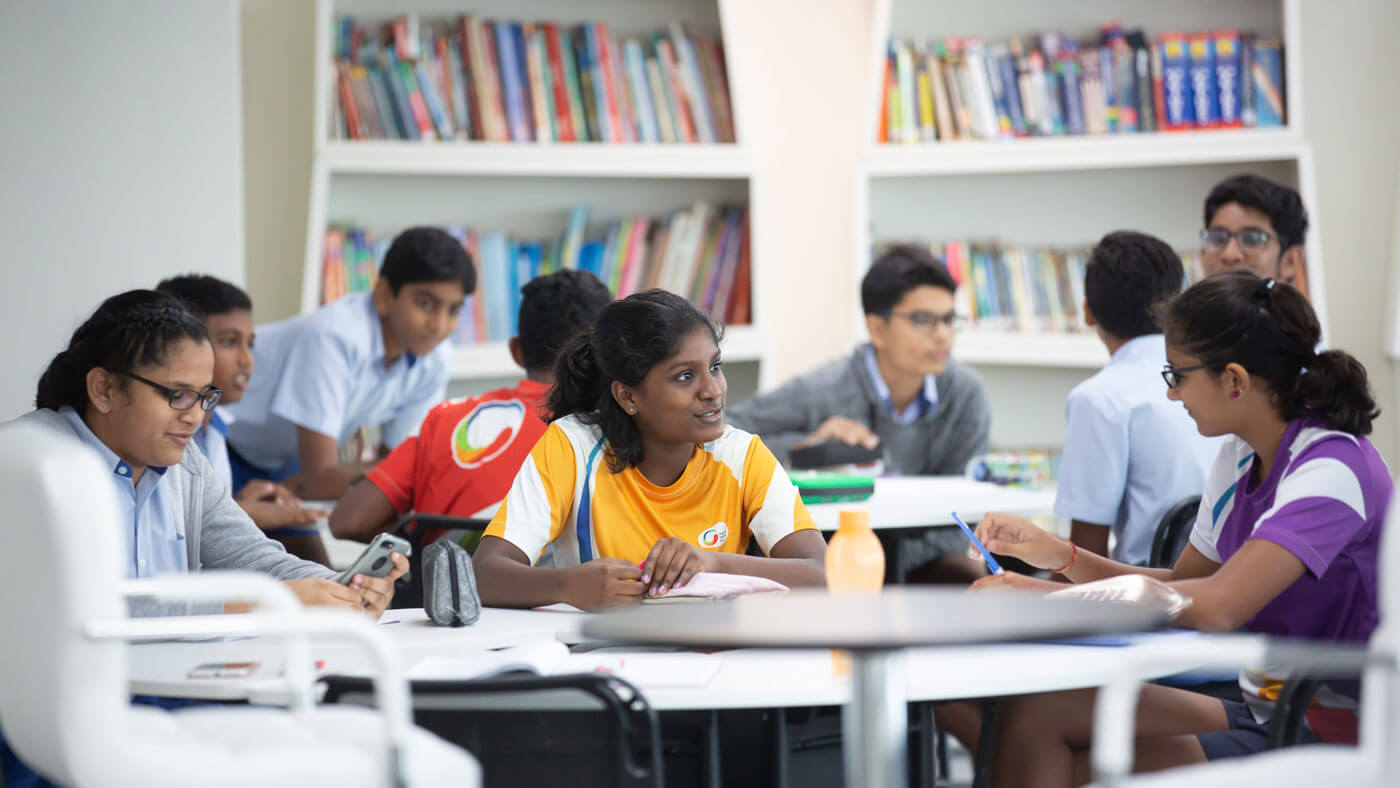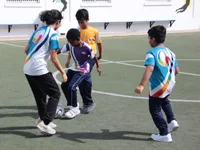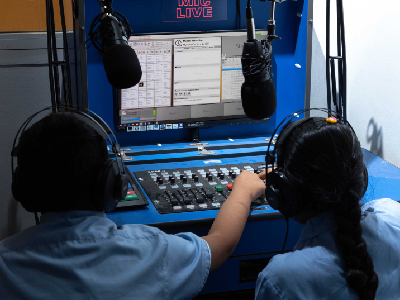Today’s fast-paced environment requires individuals to be proficient in all-encompassing areas. The field of school, college, and professional life are competitive, and learners need to undergo rigorous training to get ahead of the crowd.
Students need to evolve to be quick learners and have an impressive academic portfolio to get admissions into great colleges and universities. That brings us to the parents who want the best for their children and end up pushing them to do more. They encourage the learners to pick up more programmes outside the classroom and participate in more extracurricular activities as classroom learning is not enough.
Too many activities
The variety in activities such as music, sports, debates programmes, summer camps, etc. helps the learners find the ideal thing they are interested in. Hence, having a variety of extracurricular activities is not a bad thing. However, participating in too many activities can be detrimental to a child.
If the student enjoys being part of the music club, then it is good. But it is the number of activities, that is where the problem lies. Now the question is, why is that a problem?
Too many activities mean pushing the child too hard to not only participate and invest time in multiple activities but also perform well in them. That is why as one of the best schools in Dubai, we work with parents and the learners to assess the children’s interests and find the ideal activity for them.
Too much focus on structured play
Let’s first talk about structured play. It is the kind of space or activity that is set with objectives. On the other hand, unstructured play is self-selected. But we have to address its importance as it can generate real learning values for students.
Now, extracurricular activities foster structured play with aims and objectives that are crucial for the learner’s development. For instance, if the student participates in a sports activity, it makes sense to work on the sport to get better. But structured play is a type of learning activity where students do not have the freedom to stop or start any time they want.
More importantly, equating structured play with relaxation is not ideal. We talked about the importance of structured activities and how they steer the development of learners. Hence, some of the good Indian or international schools in Dubai, like GIIS work on optimising structured play by ensuring the learners’ well-being and considering how it impacts other areas.
Keeping the learners busy
This brings us to the infamous line ‘it keeps the child busy’. If the idea of introducing too many extracurricular activities is to keep the learner busy, then it needs restructuring. Sure, supervision and engagement keep students on the path of constructive development, but if it is done at the expense of diminishing relaxing time, then it may cause the learner to burn out.
Younger children may start falling asleep during unsuitable time periods or develop dark circles. It can impact their grades and homework. There will be no time left for them to go out and play with their peers or spend time with their family. More importantly, it may decline their motivation to participate in the activities altogether.
Effect on the child’s mental health
In the previous pointer, we mentioned how too many extracurricular activities could impact the learner’s physical health like falling asleep or developing dark circles. However, these effects are nothing compared to potential mental health problems.
An article posted on Psychology Today outlines how nine-year-old Kevin was on the brink of clinical depression. He was stressed due to overscheduling and too many activities. The article further stated that stress is not always a bad thing and a learner develops it when exposed to a challenging exercise. But what matters is the distinction between the types of stress – eustress and distress.
Eustress can be a normal response of the learner to a consuming task, whereas distress happens when overscheduling or too many activities swamp a learner. It is ideal to understand the difference between eustress and distress, and schools and parents can deploy measures to minimise the distress level among learners.
Focus on just the child’s accomplishment
In an article posted on ABC, the Olympic silver medalist Judy Brown Clarke talks about how a few parents try to live vicariously through their child. They introduce the child to too many activities and see the child’s accomplishments as their own.
It makes sense to focus on the student’s development and steer their accomplishments to cultivate interests in the activity and enhance motivation with extracurricular activities. International and Indian schools in Dubai, will focus
The benefit of extracurricular activities
Yes, we covered pointers regarding the effects of too many activities and how it impacts learners’ physical and mental well-being. But, we cannot sideline the overarching benefits of getting the learners involved in such activities.
For instance, after school programmes help students build strong social relationships and nourish their skills. Getting involved in a sports club enhances their physical prowess and instils a sense of camaraderie. Moreover, different activities can help them adopt multiple perspectives and broaden their understanding of cultures and people.
More importantly, it helps build a stellar curriculum vitae for college admissions. Universities review how the learner was involved in activities outside the classroom and getting the learners engaged in such programmes can bolster their chances of getting admission into great colleges.
Achieving balance
Finally, we can offset the negative impact of too many extracurricular activities by achieving balance to lead the children towards a healthy learning and development road.
If you need to introduce the child to more activities, devise a plan as per the child’s capacity and daily schedule. Moreover, it is ideal to find a school in Dubai that works with parents and the learners to develop a strategy for enabling participation in extracurricular activities.
Here is what the strategy may look like:
● Getting the learners involved in the activities that are fitting for their age. If it is a sports activity like basketball in Kindergarten, it should be to learn how to throw or catch the ball and bounce it. Moreover, enabling participation in competitions when the learner is of appropriate age.
● Taking account of the physical and mental well being of the students before encouraging participation in more activities.
● Keeping track of the academic progress of the students and how extracurricular activities impact the grades.
● Keeping track of the schedule of the child so that they do not feel overwhelmed. More importantly, giving them enough time to relax and have unstructured periods of play.
● Working with schools to assess the learners’ interests and asking why they wish to participate in a particular activity. Furthermore, looking closely at their progress to regularly ask whether they want to continue or leave it. The idea is to inculcate the understanding that it is completely okay to give up activity due to distress or a hectic schedule.
Conclusion
This article talked about how too many extracurricular activities impact the learner. From the adverse effects of mental and physical health to why introducing too many activities keeps the learners busy, we discussed how to balance them. Finally, as a leading school in Dubai we focus on developing a strategy that is ideal for the students. Incorporating the tips outlined in the article will help you steer the holistic development of the students.
























